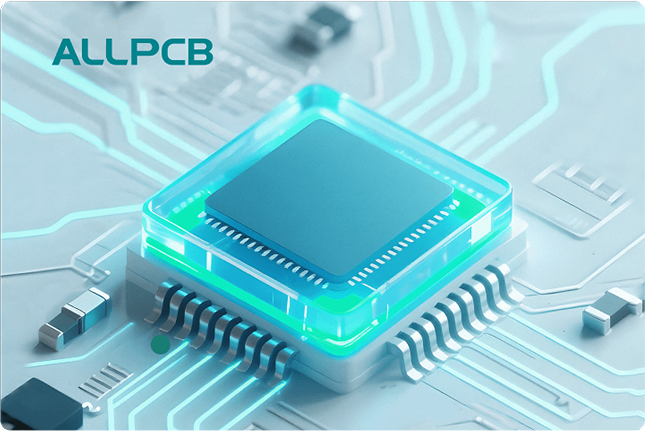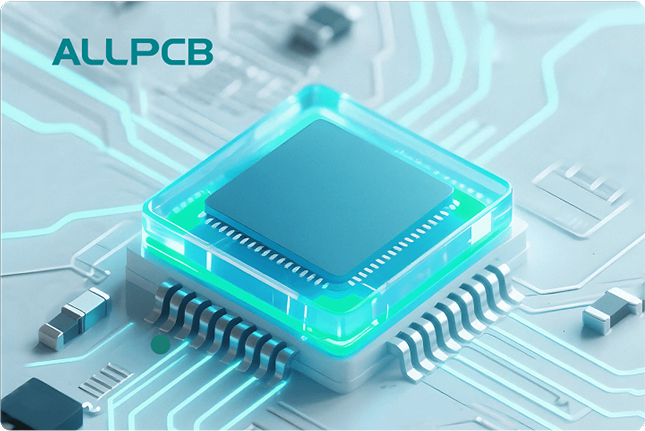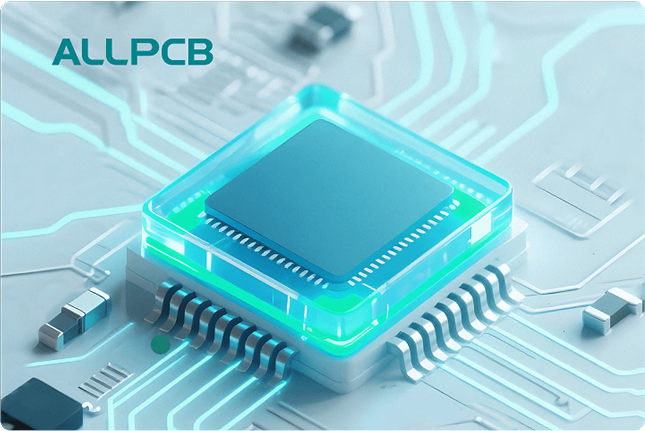In the fast-paced world of electronics, ensuring quality and reliability in printed circuit board (PCB) design is more critical than ever. Traceability from PCB design is the backbone of achieving this, allowing manufacturers and engineers to track every component, process, and decision from concept to production. But what exactly does traceability mean in this context, and why is it so essential? Simply put, traceability in PCB design refers to the ability to monitor and document every element of a project—components, supply chain details, and assembly processes—to ensure transparency, quality control, and accountability.
In this comprehensive guide, we’ll dive deep into the essentials of traceability, exploring its role in component tracking, supply chain management, bill of materials (BOM) accuracy, transparency methods, and quality control. Whether you’re an engineer, a procurement specialist, or a project manager, understanding these concepts can help streamline your workflow, reduce errors, and build trust in your products. Let’s explore how traceability transforms PCB design and manufacturing into a reliable, efficient process.
What Is Traceability in PCB Design?
Traceability in PCB design is the systematic process of recording and tracking every detail related to the creation of a circuit board. This includes the origin of components, the design revisions, manufacturing steps, and even post-production data like testing results. The goal is to create a clear, unbroken chain of information that can be accessed at any point to verify quality, identify issues, or comply with industry standards.
Think of traceability as a digital footprint for your PCB project. For instance, if a specific capacitor fails in a batch of boards, traceability allows you to pinpoint its supplier, batch number, and placement on the board. This level of detail is invaluable for industries like aerospace or medical devices, where safety and reliability are non-negotiable. According to industry standards like IPC-1782, traceability systems can vary from basic tracking for consumer electronics to highly detailed systems for critical applications, ensuring flexibility based on project needs.
Why Traceability Matters in PCB Design
The importance of traceability cannot be overstated. It directly impacts product quality, regulatory compliance, and customer trust. Here are some key reasons why traceability is a must-have in PCB design:
- Quality Assurance: Traceability helps identify and resolve defects by tracking components and processes. If a board fails due to a faulty resistor, you can trace it back to the supplier and prevent future issues.
- Regulatory Compliance: Industries like automotive and healthcare have strict standards. Traceability ensures you meet these requirements by documenting every step.
- Cost Efficiency: By identifying the root cause of failures quickly, traceability reduces downtime and costly recalls. For example, a study in electronics manufacturing showed that companies with robust traceability systems reduced recall costs by up to 30%.
- Customer Trust: Transparent processes build confidence with clients, showing that you prioritize accountability and reliability.
Traceability isn’t just a nice-to-have; it’s a strategic tool that can save time, money, and reputation in the long run.
Key Elements of Traceability in PCB Design
To implement effective traceability, several interconnected elements must work together. Let’s break down the core aspects that form the foundation of a traceable PCB design process, focusing on component traceability, supply chain management, bill of materials, transparency methods, and quality control.
1. Component Traceability: Tracking Every Part
Component traceability is the process of monitoring each part used in a PCB, from resistors and capacitors to microcontrollers. This involves recording details like part numbers, batch codes, manufacturer information, and even the date of procurement. With modern electronics often containing hundreds of components, losing track of just one can lead to significant issues.
For example, imagine a scenario where a specific batch of diodes has a higher-than-average failure rate. With component traceability, you can isolate the affected boards, identify the supplier, and replace the faulty parts before they reach the market. Tools like barcode scanning and RFID tagging are commonly used to automate this process, ensuring accuracy and speed. Data shows that automated traceability systems can reduce human error in component tracking by up to 40%.
2. Supply Chain Transparency: Building Trust and Reliability
The supply chain for PCB manufacturing is often complex, involving multiple suppliers across different regions. Supply chain transparency ensures that every link in this chain is visible and accountable. This means knowing where raw materials come from, who assembles the components, and how they are transported.
Transparency in the supply chain not only helps in maintaining ethical sourcing practices but also mitigates risks like counterfeit components. For instance, the electronics industry loses billions annually to counterfeit parts, with some estimates suggesting up to 10% of components in circulation may be fake. By mapping the supply chain and maintaining detailed records, companies can verify the authenticity of parts and avoid costly disruptions.
Methods like blockchain technology are emerging as powerful tools for supply chain traceability, providing a tamper-proof ledger of transactions. This ensures that every stakeholder, from raw material providers to end customers, can trust the integrity of the process.
3. Bill of Materials (BOM): The Blueprint of Traceability
The Bill of Materials (BOM) is a comprehensive list of all components, materials, and quantities needed for a PCB project. A well-maintained BOM is the cornerstone of traceability, serving as a reference point for tracking parts and ensuring consistency across production runs.
An accurate BOM includes details like part descriptions, reference designators, and supplier information. For instance, a BOM might list a 10kΩ resistor with its specific tolerance (e.g., ±1%) and thermal rating (e.g., 0.25W) to avoid mismatches during assembly. Errors in the BOM can lead to delays or defective products, so integrating it with traceability systems is crucial. Modern software can link BOM data to real-time inventory updates, reducing the risk of shortages or overstocking by up to 25%, according to industry reports.
4. Transparency Methods: Tools and Techniques
Achieving transparency in PCB design requires the right methods and tools. Here are some proven approaches to ensure traceability at every stage:
- Digital Documentation: Store all design files, BOMs, and supplier data in a centralized digital system for easy access and updates.
- Automated Tracking Systems: Use software to monitor components and processes in real time, minimizing manual errors.
- Standardized Protocols: Follow industry standards like IPC-1782 for data collection and traceability levels, ensuring consistency across projects.
- Audit Trails: Maintain detailed logs of design changes, component swaps, and manufacturing steps to create a verifiable history.
These methods not only enhance transparency but also make it easier to comply with regulations and demonstrate accountability to stakeholders.
5. Quality Control: Ensuring Excellence Through Traceability
Quality control (QC) is the ultimate goal of traceability. By tracking every aspect of PCB design and production, QC processes can identify defects early, verify performance, and ensure that the final product meets specifications. For example, if a board fails a signal integrity test due to impedance mismatch (e.g., a trace with 75Ω instead of the required 50Ω), traceability helps pinpoint whether the issue lies in the design, component selection, or manufacturing process.
Traceability also supports statistical process control (SPC), where data from production runs is analyzed to detect trends or anomalies. If a certain soldering process shows a failure rate of 2% over 10,000 units, QC teams can investigate and adjust parameters like temperature or dwell time (e.g., 260°C for 5 seconds) to improve outcomes. This data-driven approach can boost yield rates by 15% or more, based on manufacturing studies.
Benefits of Implementing Traceability in PCB Design
Investing in traceability offers numerous advantages that go beyond compliance and quality. Here are some key benefits tailored to the needs of engineers and manufacturers:
- Improved Debugging: Quickly identify and fix issues by tracing them back to their source, whether it’s a design flaw or a faulty batch of components.
- Faster Time-to-Market: Streamlined processes and fewer errors mean products reach customers sooner.
- Enhanced Collaboration: Transparent data sharing between design, procurement, and manufacturing teams reduces miscommunication.
- Sustainability: Traceability supports ethical sourcing and waste reduction by optimizing resource use.
These benefits collectively contribute to a more efficient, reliable, and competitive PCB design process.
Challenges in Achieving Traceability and How to Overcome Them
While traceability is essential, it’s not without challenges. Here are some common obstacles and practical solutions:
- Complexity of Data Management: Handling vast amounts of data from multiple sources can be overwhelming. Solution: Use integrated software platforms that automate data collection and organization.
- Cost of Implementation: Setting up traceability systems can be expensive. Solution: Start with basic tracking for critical components and scale up as budget allows.
- Supply Chain Gaps: Not all suppliers may provide detailed information. Solution: Partner with trusted vendors who prioritize transparency and traceability.
By addressing these challenges proactively, companies can build robust traceability systems that deliver long-term value.
Future Trends in PCB Traceability
The future of traceability in PCB design is exciting, with emerging technologies poised to take transparency and efficiency to new heights. Innovations like Internet of Things (IoT) sensors can provide real-time data on component performance during testing, while artificial intelligence (AI) can predict potential failures by analyzing historical traceability data. Additionally, blockchain is gaining traction for creating secure, unalterable records of supply chain transactions.
These advancements promise to make traceability more accessible and powerful, ensuring that even small-scale manufacturers can adopt best practices without breaking the bank. Staying ahead of these trends will be key to maintaining a competitive edge in the electronics industry.
Conclusion: Building a Traceable Future for PCB Design
Traceability from PCB design is not just a technical requirement; it’s a strategic imperative that drives quality, efficiency, and trust. By focusing on component traceability, supply chain transparency, accurate bill of materials, effective transparency methods, and rigorous quality control, engineers and manufacturers can create products that stand the test of time. The journey to full traceability may have its challenges, but the rewards—fewer defects, faster production, and satisfied customers—are well worth the effort.
As you integrate traceability into your PCB projects, remember that it’s a continuous process of improvement. Start small, leverage the right tools, and build a culture of accountability. With these essentials in place, you’re not just designing PCBs; you’re designing reliability and success for the future.
 ALLPCB
ALLPCB







